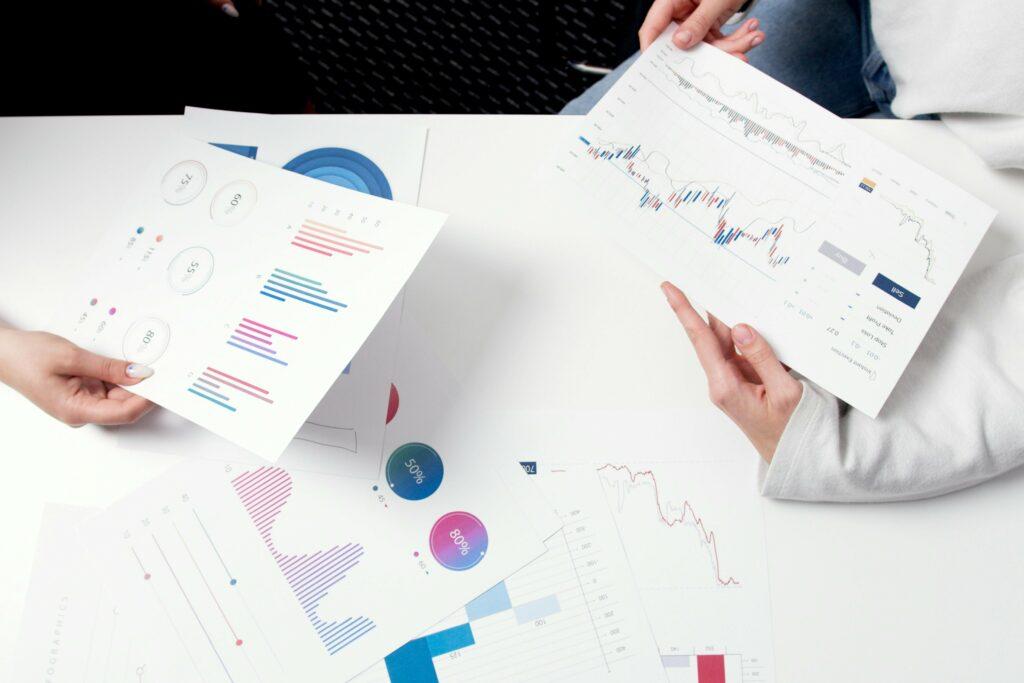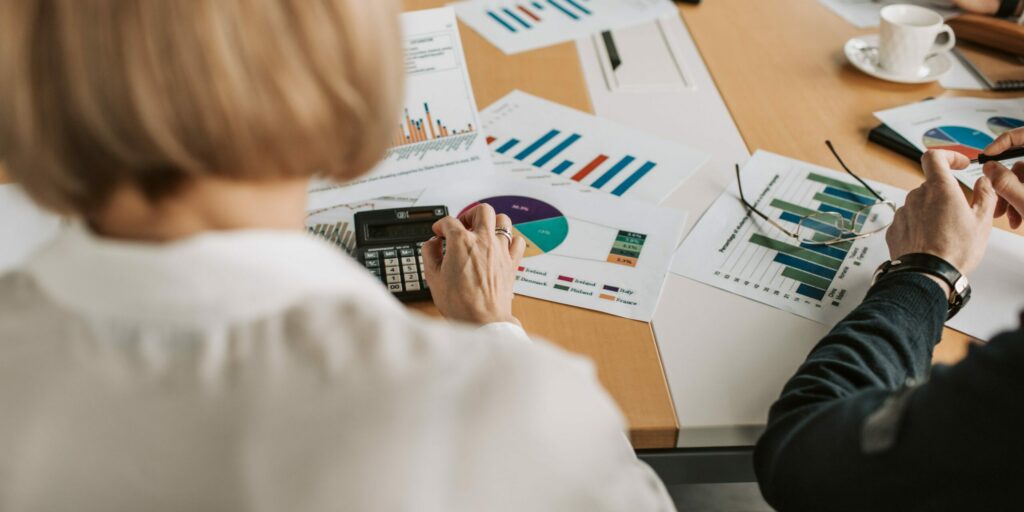Current Federal Funds Rate
4.50%
Current Prime Rate
7.50%
How are SBA 7(a) interest rates determined?
7(a) loans, like all loans, have an interest rate. This rate varies from loan to loan, but is generally within a small range dictated by the prime rate (see below). If the lender is interested in the loan, the borrower and lender will negotiate the interest rate based on the strength of the loan. At 7aSavvy, we work to connect you with the lender most interested in your loan, and thus the lender most likely to give you a favorable rate.
What is the prime rate?
The prime rate is the interest rate at which commercial banks lend money to their most creditworthy customers, which include large corporations and financial institutions. It’s based on the federal funds rate, which is set by the Federal Reserve. Typically, the prime rate is set three percentage points above the federal funds rate to cover the credit risk associated with lending to commercial borrowers.
What role does the prime rate play in SBA 7(a) lending?
The prime rate serves as a benchmark in SBA 7(a) lending, used as the basis for determining the interest rates of loans. 7(a) interest rates are described as “prime + #”, with the number typically ranging from 1.0 to 3.0. For example, if the prime rate was 7.5% and a loan’s interest rate was prime + 2.0, the interest rate for the loan would be 9.5%. Rates are determined by the quality of the loan, with safer loans getting a lower rate and riskier loans getting a higher rate. Rates come in increments of 0.25 (prime + 1.0, 1.25, 1.50, 1,75, etc.).
What is the difference between fixed and variable interest rates?
Loan interest rates can be either variable or fixed. Variable rates are pegged to an index (plus or minus a certain amount), then move when the index moves. Fixed rates are determined the same way, but stay the same for part (rarely all) of the loan term, most commonly 5 years. Fixed rates can vary more than variable rates, as fixed rates must reflect any expected movement in the index rate over the fixed period of the loan. As such, the decision on which type to seek depends on the borrower’s appetite for risk and the borrower’s and lender’s views on the likelihood and direction of future interest rate changes.
Can I get a fixed rate for my SBA 7(a) loan?
It’s possible! SBA 7(a) loan rates are usually variable. However, fixed rates can be available in some situations.
Would every lender give me the same interest rate?
No. Even for the same loan, interest rates can vary from lender to lender. The interest rate a lender offers you depends on their assessment of the loan.
Prime Rate Recent History

The prime rate is near the highest point it has been in recent history. This can seem alarming for borrowers. However, considering that interest rates are finally decreasing, the prime rate is at the highest point it will be for a while. Borrowers often want a fixed rate loan to protect themselves from rate hikes. This can often be difficult to get for SBA 7(a) loans, with variable rate loans being much more common. Luckily, considering that rates are decreasing, variable rate loans are actually the better option at the moment. As such, it’s a great time to get a 7(a) loan!
The current high rate environment is not at all unusual, as the prime rate has been around or above the current rate multiple times in recent history. What was unusual, however, was the low rate environment that the country was in previously. To have such low rates for so long was unprecedented, and this likely makes any current worries about higher rates worse than they logically should be.
There has been a lot of worrying about rising interest rates, and for good reason. But the worst is over, and that means it’s a great time to get a 7(a) loan. If the math works for your loan with the current prime rate, the variable rate loans that are most common with 7(a) loans will only lower your payment over time.












